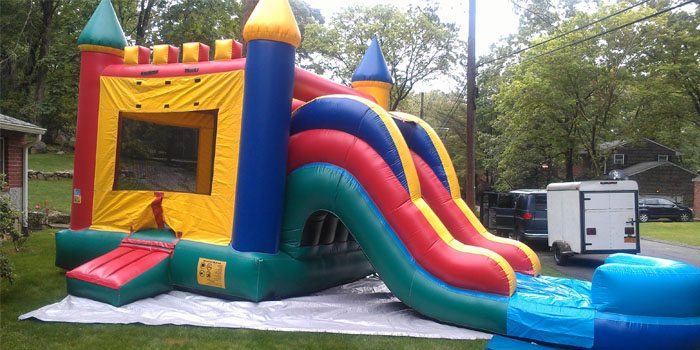I’ve had a few requests lately to test out high tech footwear — not sure if it’s the hiking or constantly running after kids- but I decided to take up a Utah based company on their offer. I have to admit, it was largely because I hadn’t heard of them before and the name was kind of cool. Plus, I’m a sucker for the “high tech” pitch, even when it’s footwear. However, when I looked a bit deeper into the technology behind their product, I was a little more intrigued. Their active wear shoes compete against national brands and are priced competitively, but what Kuru brings to the game is an emphasis on comfort and orthotics. As a guy who’s all about comfort and also developing some concerns about the punishment I put I my body through during decades of contact sports and generally operating on the (completely incorrect) principle that I’d remain intact forever, I pay attention to these things now. A rebuilt knee, a handful of cracked teeth and all the other assorted signs of wear and tear now making their presence known will do that to you.
Kuru sent a pair of their Men’s Insight shoes to try out. They’re attractive enough -actually the design grew on me considerably- and relatively devoid of the flashy logos that usually adorn athletic shoes. They are there (in case you forget what kind of shoes you’re wearing), they’re just more subtle than usual. As mentioned, one of the key selling points is that the design is based on providing a low cost alternative to custom orthotic support in an active shoe. I discovered this as soon as I pulled them on. They definitely felt different. The arch and heel support was much more “in your face” than I’m accustomed to and at first I didn’t care for it. The shoes felt a bit tight and restrictive. However, I stuck with them for a few days. And, just like the look, the feel of the Kurus also grew on me. They loosened up and my feet quickly grew accustomed to the additional support. I notice it particularly in the heel and this makes sense given that the shoe includes a heel cradle (they call it a “HeelKradl”) that’s designed to keep protective fatty tissue under your heel in place, ensuring proper cushioning with each step. Sounds kind of gross, but it makes sense. There’s also a reinforced arch and an active midsole
The shoes seemed heavier than most I own (except the Chuck Taylors and the Doc Martens), and when I threw the Kurus and the Adidas cross trainers I usually wear around the house onto the scale, it turns out I wasn’t imagining it -each Kuru shoe was 17.5 ounces versus 13.6 ounces for the Adidas. The weight doesn’t really come into play when I’m wearing them, it’s just noticeable when I pick them up. The one thing I found a little odd is that the Insights are the first shoes I’ve had in years that don’t have reinforced plastic or metal shoelace eyelets. I didn’t see any sign of the laces cutting into the leather or stretching the punched holes, but if there’s a weak spot in these shoes, I’m guessing that would be it.
After wearing the Kuru Insights around for a few months, I can say that they are indeed very comfortable. Switching between these and other shoes, I find that most of my athletic shoes feel flat and less supportive in comparison. If you’re interested in a pair, you can’t buy Kurus in stores yet, they’re web only. The Insights I’ve been wearing go for $99.97 and other styles range in price from $89.97 to $109.97. If you’re interested in a shoe that that incorporates the latest technology and design based on medical input rather than marketing requirements and don’t care about having the swoosh plastered all over your foot, then Kurus might be for you.




